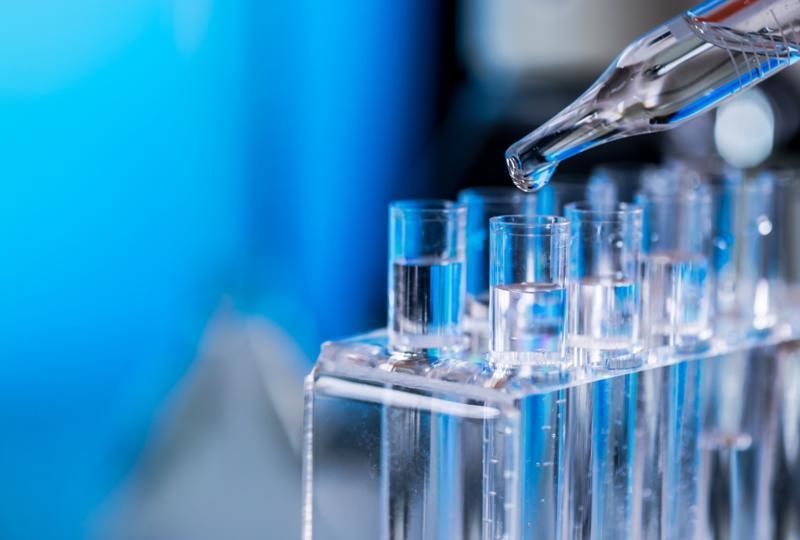Success of Lab-Grown Colons Could Transform Future Crohn's and Colitis Research
Why is SATB2 important?
SATB2 is known to be a protein that binds to DNA and provides the facilitation of the structural organization of chromosomes in the nucleus of human cells. Frogs and mice were chosen as models because the protein sequence of SATB2 in them are so similar to humans. The authors believe that because they were able to provide the molecular signals for the regulation of SATB2 in the mice and frogs, that they would also be able to generate colon organoids and express the protein in human models as well.
Also noted by the authors was the high levels of activity in the SATB2 expression region of the gut tube from the grown factor bone morphogenetic protein. During their analytical research of the intestine that was derived from the mouse, frog, and human stem-cell that the only way to establish SATB2 in developing hindgut was to use a signal from the bone morphogenetic protein. The scientists were also able to prove that a signal from the bone morphogenetic protein is needed to develop tissues that were specifically part of the posterior gut region where the colon develops from the mice and frogs, using SABT2 as a marker.
Over the course of three days, the researchers added the bone morphogenetic protein to the gut tube cultures that were derived from the human stem cells. The bone morphogenetic protein induced a posterior HOX code. The HOX code is comprises of several genes, including a crucial set of genes that help control the entire development of an embryo. The researchers believe that the formation of human colon organoids that are expressed from SATB2 is partly controlled by the posterior HOX.



